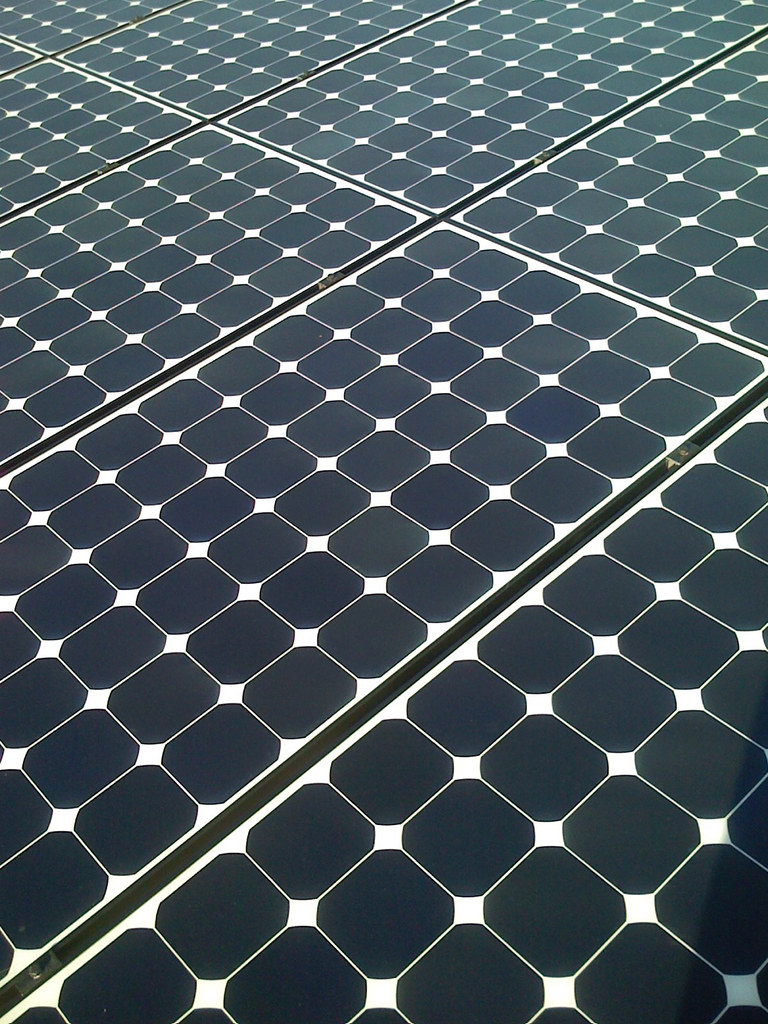Harnessing the power of the sun, solar energy systems are revolutionizing how we generate and consume electricity, offering a cleaner, more sustainable alternative to fossil fuels. But did you know that enough sunlight reaches the Earth's surface every hour to meet the world's energy demand for an entire year? This fascinating fact underscores the immense potential of solar technology. Dive into the world of solar energy systems with us and discover how they're not just illuminating homes, but also paving the way for a brighter, greener future.


Solar energy systems harness the power of the sun to generate electricity for various applications, from residential to industrial. At the heart of these systems are two core technologies: photovoltaic (PV) cells and concentrating solar power (CSP). Photovoltaic cells, commonly seen in solar panels, convert sunlight directly into electricity through the photovoltaic effect. These cells are made of semiconductor materials, such as silicon, which absorb photons from sunlight and release electrons, thereby generating an electric current. On the other hand, concentrating solar power systems use mirrors or lenses to concentrate a large area of sunlight onto a small area. The concentrated light is then used as heat to produce steam, which drives a turbine connected to an electrical power generator. CSP technology is typically used in large power plants and can store energy in the form of heat, making it available even when the sun is not shining.
When comparing solar power to traditional energy sources, such as coal, natural gas, and nuclear power, several key differences emerge. One of the most significant advantages of solar power is its renewable nature. Unlike fossil fuels, which are finite and emit greenhouse gases when burned, solar energy is abundant and generates electricity without direct emissions. This makes solar power a cleaner and more sustainable option for electricity generation. However, solar energy also faces challenges, including variability and storage. Solar power generation is dependent on sunlight, making it less predictable than traditional energy sources. Additionally, storing solar energy for use during nighttime or cloudy days requires technology like batteries, which can add to the cost. Despite these challenges, advancements in technology and economies of scale have led to a significant decrease in the cost of solar power, making it increasingly competitive with traditional energy sources.
| Topic | Details |
|---|---|
| The Core Technologies Behind Solar Energy Systems | Solar energy systems utilize photovoltaic (PV) panels to convert sunlight into electricity. This technology is the backbone of solar energy production. |
| Comparing Solar Power to Traditional Energy Sources | Solar energy is a clean and renewable source, reducing reliance on fossil fuels and offering environmental benefits such as reduced greenhouse gas emissions and decreased water usage. |
| Advancements and Innovations in Solar Energy | Recent technological advancements have increased the efficiency and affordability of solar panels. Continuous research aims to further enhance the efficiency and lifespan of these systems. |
| The Future of Solar Energy: Trends and Predictions | With the solar energy industry growing, it offers numerous employment opportunities. Government incentives and the environmental benefits drive the adoption and development of solar technologies. |

In recent years, the solar energy sector has seen a surge in technological advancements and innovations, driving efficiency and making solar power more accessible than ever. One of the key developments is the creation of more efficient photovoltaic (PV) cells. These new-generation PV cells can convert sunlight into electricity at much higher efficiencies, significantly reducing the cost per watt of solar energy. Additionally, advancements in materials science have led to the development of thin-film solar cells, which are not only cheaper to produce but also flexible, opening up new applications for solar technology beyond traditional rooftop installations.
Another significant innovation is the integration of solar energy systems with smart technology. Smart solar panels, equipped with sensors and advanced connectivity, can optimize their position relative to the sun in real-time, maximizing energy capture. This integration extends to battery storage solutions, where improvements in battery technology have led to more efficient, longer-lasting storage options, enabling solar systems to provide power even when the sun isn't shining. Moreover, the advent of blockchain technology in solar energy markets allows for more transparent and efficient peer-to-peer energy trading platforms, empowering consumers and further incentivizing solar adoption.
Furthermore, research into alternative photovoltaic materials, such as perovskites, promises even greater efficiencies and potentially lower costs in the future. These innovations, alongside governmental policies supporting renewable energy, are rapidly accelerating the adoption of solar energy worldwide, making it a cornerstone of the global transition to sustainable energy.
Solar energy systems are at the forefront of revolutionizing renewable power, offering a sustainable and efficient method to harvest the sun's abundant energy. This innovation in energy sourcing marries beautifully with modern architectural achievements like the Satellite House, which integrates advanced technology and design to enhance living spaces. By incorporating solar energy systems into the infrastructure of futuristic homes such as the Satellite House, we further push the boundaries of what's possible in creating eco-friendly and energy-efficient living environments. This holistic approach not only benefits our planet by reducing carbon footprints but also revolutionizes our everyday living spaces. To delve deeper into how advanced architecture integrates with renewable energy, discover more about Satellite House: Everything You Need to Know.
For comprehensive information on solar energy systems, including their benefits, technology advancements, and government incentives, visit the U.S. Department of Energy's website at https://www.energy.gov/eere/solar/solar-energy-technologies-office.
As we look toward the horizon, the future of solar energy is bright, marked by groundbreaking trends and bold predictions. The industry is poised for unprecedented growth, driven by continuous technological innovations, decreasing costs, and a global push towards sustainability. One of the most exciting trends is the development of high-efficiency solar panels, which promise to significantly increase energy production while reducing the space required for installations. Furthermore, the integration of solar energy into smart grids and the rise of solar storage solutions are expected to enhance the reliability and flexibility of renewable energy systems. Experts predict that by 2030, solar energy will become one of the most cost-effective sources of power globally, potentially surpassing fossil fuels in terms of both price and capacity. This shift not only represents a pivotal moment in our transition to renewable energy but also underscores the role of solar power in combating climate change and promoting a sustainable future.
Immerse yourself in architecture’s most boundary-pushing ideas—where innovative home improvements meet visionary urban developments. Discover new building techniques, materials, and creative concepts that are redefining how we shape our spaces on a global scale.